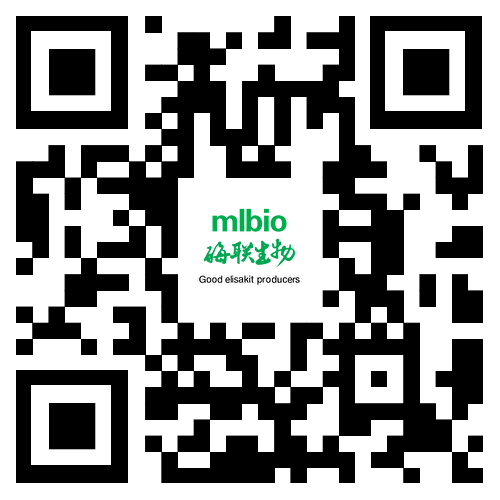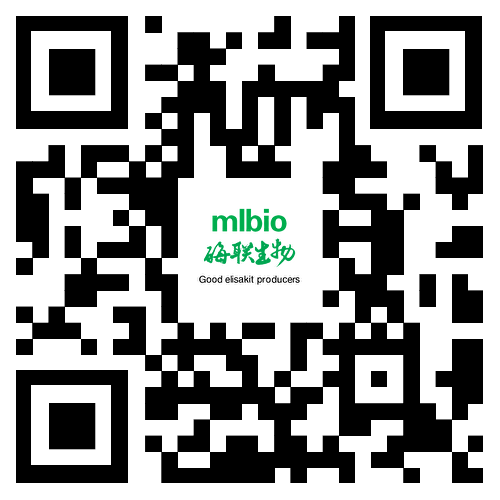ELISA 動態范圍
<p><span style="font-size: 12px;"> 酶聯免疫吸附試驗(<a href="/category-1-b0.html">ELISA</a>)是分子生物學和診斷學領域廣泛應用的生化技術。它在檢測和定量生物樣本中的特定蛋白質分子方面發揮著關鍵作用。然而,有效的ELISA實驗需要在檢測之前考慮其動態范圍。本文將深入探討ELISA動態范圍的重要性、其決定因素及其對各種應用的實際意義。</span></p>
<div><span style="font-size: 12px;"><br />
</span></div>
<h3><span style="font-size: 12px;"> 什么是ELISA動態范圍?</span></h3>
<div><span style="font-size: 12px;"><br />
</span></div>
<div><span style="font-size: 12px;"> ELISA檢測中的動態范圍是指該檢測方法能夠準確可靠地檢測和定量目標分析物的濃度范圍。簡而言之,它是能夠有效測量的分析物最低濃度和最高濃度之間的跨度。選擇ELISA試劑盒時,其動態范圍至關重要,因為它能確保用戶在ELISA可檢測的濃度范圍內正確使用試劑盒,從而提供有關樣品中分析物存在的信息。</span></div>
<div> </div>
<div style="text-align: center;"><span style="font-size: 12px;"><img src="/images/upload/Image/接種物的 ELISA 動態范圍.jpg" alt="ELISA 動態范圍" width="550" height="727" /></span></div>
<div><span style="font-size: 12px;"><br />
</span></div>
<h3><span style="font-size: 12px;"> 影響動態范圍的因素</span></h3>
<div><span style="font-size: 12px;"><br />
</span></div>
<div><span style="font-size: 12px;"> 現有研究表明,影響ELISA動態范圍的因素主要有以下幾個方面,包括:</span></div>
<div><span style="font-size: 12px;"><br />
</span></div>
<div><span style="font-size: 12px;"> 1.抗體親和力:選擇ELISA試劑盒時,試劑盒中所用抗體的親和力是一個重要因素。其中,親和力的高低決定了抗體能夠檢測到分析物的最低濃度,從而決定了動態范圍的下限。</span></div>
<div><span style="font-size: 12px;"><br />
</span></div>
<div><span style="font-size: 12px;"> 2.檢測系統的靈敏度:檢測系統(包括酶、底物和檢測儀器)的靈敏度也會影響動態范圍。在檢測中,高靈敏度的檢測系統可以檢測到痕量的分析物。</span></div>
<div><span style="font-size: 12px;"><br />
</span></div>
<div><span style="font-size: 12px;"> 3.干擾和交叉反應:樣品中其他分子的干擾或與目標分子相似物質的交叉反應可能會影響檢測的特異性,從而限制動態范圍。</span></div>
<div><span style="font-size: 12px;"><br />
</span></div>
<div><span style="font-size: 12px;"> 4.板涂層和封閉:微量滴定板涂層的質量和封閉步驟的有效性可以通過防止非特異性結合和確保均勻捕獲分析物來影響動態范圍。</span></div>
<div><span style="font-size: 12px;"><br />
</span></div>
<h3><span style="font-size: 12px;"> 實際影響</span></h3>
<div><span style="font-size: 12px;"><br />
</span></div>
<div><span style="font-size: 12px;"> 了解ELISA檢測的動態范圍對于ELISA在研究和臨床診斷中的各種應用至關重要:</span></div>
<div><span style="font-size: 12px;"><br />
</span></div>
<div><span style="font-size: 12px;"> 1.檢測生物標志物:在生物標志物發現研究中,研究人員需要檢測廣泛濃度范圍內的分析物。寬動態范圍確保不會遺漏低濃度的潛在生物標志物,同時還能適應疾病狀態下的高濃度。</span></div>
<div><span style="font-size: 12px;"><br />
</span></div>
<div><span style="font-size: 12px;"> 2.疾病診斷:ELISA常用于臨床診斷,檢測與疾病相關的特定蛋白質或生物標志物。其明確的動態范圍確保該檢測方法能夠準確定量不同疾病階段的分析物。</span></div>
<div><span style="font-size: 12px;"><br />
</span></div>
<div><span style="font-size: 12px;"> 3.藥物開發:在藥物研究中,ELISA檢測用于測量藥物開發研究中治療性抗體、細胞因子或其他分子的濃度。動態范圍對于確定藥物療效和最佳劑量水平至關重要。</span></div>
<div><span style="font-size: 12px;"><br />
</span></div>
<div><span style="font-size: 12px;"> 4.環境監測:ELISA檢測用于環境監測,檢測環境樣品中的污染物、毒素和雜質。捕獲這些物質的不同濃度需要較寬的動態范圍。</span></div>
<div><span style="font-size: 12px;"><br />
</span></div>
<div><span style="font-size: 12px;"> 5.食品安全檢測:ELISA檢測用于檢測食品中的過敏原、病原體和污染物。其動態范圍確保該檢測方法能夠檢測到痕量有害物質。</span></div>
<div><span style="font-size: 12px;"><br />
</span></div>
<h3><span style="font-size: 12px;"> 擴展動態范圍</span></h3>
<div><span style="font-size: 12px;"><br />
</span></div>
<div><span style="font-size: 12px;"> 研究人員經常采用幾種策略來擴展ELISA檢測的動態范圍:</span></div>
<div><span style="font-size: 12px;"><br />
</span></div>
<div><span style="font-size: 12px;"> 1.稀釋:對于分析物濃度高于動態范圍上限的樣品,研究人員可以稀釋樣品,使其處于可檢測范圍內。</span></div>
<div><span style="font-size: 12px;"><br />
</span></div>
<div><span style="font-size: 12px;"> 2.信號放大:信號放大技術,例如使用二抗或信號增強劑,可以提高檢測的靈敏度并擴大其動態范圍。</span></div>
<div><span style="font-size: 12px;"><br />
</span></div>
<div><span style="font-size: 12px;"> 3.標準曲線優化:通過選擇適當的校準曲線標準范圍,研究人員可以微調檢測的動態范圍以滿足他們的特定需求。</span></div>
<div><span style="font-size: 12px;"><br />
</span></div>
<div><span style="font-size: 12px;"> 4.檢測修改:在某些情況下,修改檢測方案(例如改變孵育時間或溫度)可以幫助優化動態范圍。</span></div>
<div><span style="font-size: 12px;"><br />
</span></div>
<div><span style="font-size: 12px;"> 總而言之,ELISA的動態范圍是一個關鍵參數,它決定了該檢測方法能否準確檢測和定量目標分析物。了解影響動態范圍的因素及其在各種應用中的實際意義,對于研究和診斷的成功至關重要。研究人員應仔細評估其ELISA檢測的動態范圍,并在必要時采用策略來擴展或優化動態范圍,以適應其特定目標。</span></div>
<p> </p>


 酶聯官方手機二維碼
酶聯官方手機二維碼




